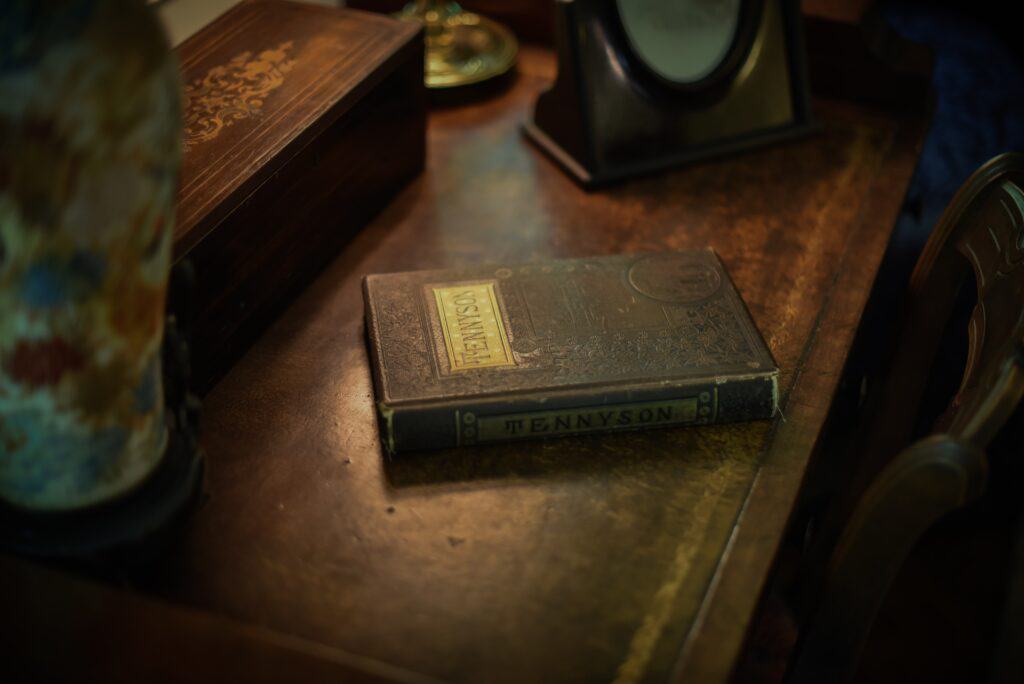
Writing Desks: A Novel Idea
Writing desks are not just furniture. They’re where magic happens, stories unfold, and ideas come to life. Since ancient times, they’ve been a writer’s trusty companion. Get ready to dive into the world of writing desks and discover how they’ve shaped history, literature, and our personal spaces.
The Evolution of Writing Desks and Their Illustrious Users
Writing desks are silent witnesses to history. Over time, they’ve evolved, mirroring the civilizations that shaped them and the great minds that used them.
Ancient Beginnings
In ancient Egypt, scribes sat cross-legged, diligently noting records on papyrus scrolls. Their “desks” were flat wooden palettes with spaces for holding reed brushes and ink. Ancient Greeks and Romans had their versions, too, often incorporating small cabinets or shelves to store scrolls.
Renaissance to Victorian Era
The Renaissance period saw the birth of the modern desk. As manuscript production increased, desks with slanted tops and inkwells became popular. By the Victorian Era, desks had transformed into ornate symbols of status. Crafted with exquisite woods and intricate carvings, they became a testament to craftsmanship and affluence.
20th Century and Beyond
With the Industrial Revolution and the rise of the typewriter, desks embraced functionality. The 21st century brought with it minimalistic designs and digital integration. However, as our writing methods evolved, the spirit of the desk – a personal space for contemplation and creativity – remained unchanged.
Desks of the Greats
Every iconic writer had a favored space. Jane Austen, for instance, penned her masterpieces on a modest wooden table, emphasizing her dedication to her craft over worldly grandeur. On the other hand, Charles Dickens surrounded himself with an elaborate desk setup, befitting the vast and intricate worlds he created.
Mark Twain traveled extensively, often writing in hotel rooms, but his beloved octagonal stand-up desk in his Elmira study is where he penned parts of The Adventures of Tom Sawyer.
In more recent times, J.K. Rowling famously sketched out the plot for the Harry Potter series on a cafe table, proving that sometimes, the most unassuming surfaces can bear the weight of worlds yet unknown.
The Heart of Creativity
A writing desk is more than just four legs and a surface. It is the sacred ground where the dance between imagination and reality takes place. This space, often adorned with cherished memorabilia and tools of the trade, becomes a writer’s constant companion, offering both solace and inspiration.
For many writers, their desk is a realm of escape. Shielded from the world’s hustle and bustle, this space becomes a haven where ideas are birthed and nurtured. The unique touches a writer adds—perhaps a vintage lamp, a collection of rare quills, or even a scented candle—often reflect their personality and creative journey.
Across cultures, many writers attach mystique to their writing spaces. Some may believe in placing certain talismans on their desk for good luck or inspiration, while others might follow a ritual before commencing their work, like lighting a candle or playing a specific song. Such rituals and symbols become part of the creative process, linking the physical realm with the ethereal world of ideas.
Beyond tools and superstitions, a writer’s desk often becomes a repository of memories. Photographs of loved ones, postcards from travels, or even a simple coffee stain from a late-night writing session can all become part of the desk’s tapestry. These mementos aren’t just objects; they’re reminders of moments, emotions, and stories that have shaped the writer’s journey.
Lastly, the positioning of the desk often plays a crucial role. Some writers prefer the serenity of a window view, gazing out to draw inspiration from nature, while others might position their desk against a wall, adorned with notes, reminders, or inspiring quotes. This positioning, intentional or otherwise, affects the rhythm and flow of thoughts, becoming a silent influencer on the tales spun.
Selecting the Right Desk for Your Needs
To begin your writing journey, the right desk is a must. It needs to reflect your style, meet your needs, and inspire creativity. If you’re in search of the perfect desk, let’s delve into three exquisite choices from e-Amish.
- Dexter Writing Desk
Looking for a mix of classic and contemporary? The Dexter Writing Desk could be your muse. Handcrafted by Amish artisans, it boasts rustic cherry hardwood, giving it a distinct dark red finish. The natural cherry knots add an authentic touch. Moreover, the wide pencil drawer has multiple compartments for all your essentials. Built to last, it’s an heirloom-quality piece that promises years of stories. - Berkley Writing Desk
Elegance meets functionality with the Berkley Writing Desk. Its slats and contoured legs give it an aura of sophistication. Also crafted by the finest Amish cabinetmakers, it’s made from solid brown maple hardwood and adorned with Rustic Rub-Thru hardware. Durable and grand, this desk is more than just a writing space—it’s a statement. - Modesto Writing Desk
The Modesto Writing Desk combines grace with a sturdy design. Its tapered legs, graceful arches, and black Mission pull hardware are a nod to timeless craftsmanship. With a 1-inch-thick solid hardwood top, it’s built for serious writers. This desk was handmade using brown maple hardwood and a rich red-brown finish, it’s a masterpiece in its own right.
Ultimately, a writing desk is more than just a piece of furniture. It’s where thoughts transform into words, dreams into stories, and ideas into reality. Whether you’re an established author or just starting, find your perfect desk and let the magic unfold.
Discover Your Writing Sanctuary with eAmish!
Every story deserves a beginning, and every writer deserves a space that ignites creativity. At eAmish, our handcrafted writing desks are not just furniture; they’re a legacy designed to inspire and endure. Why settle for ordinary when you can have a masterpiece?



 833-326-4743
833-326-4743


